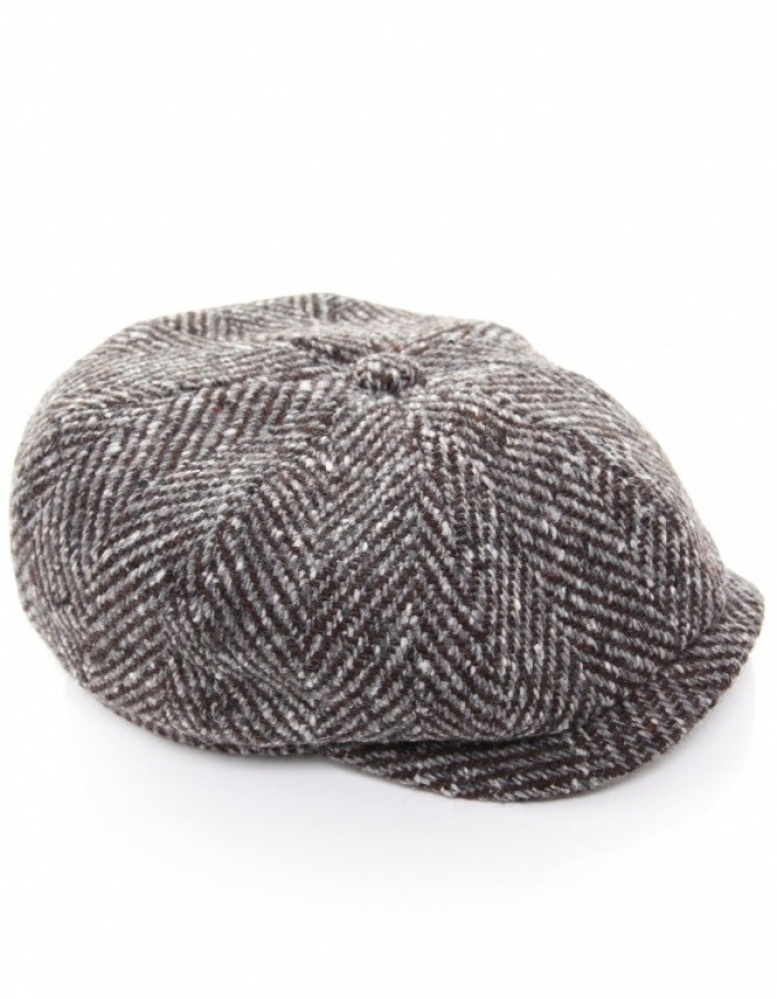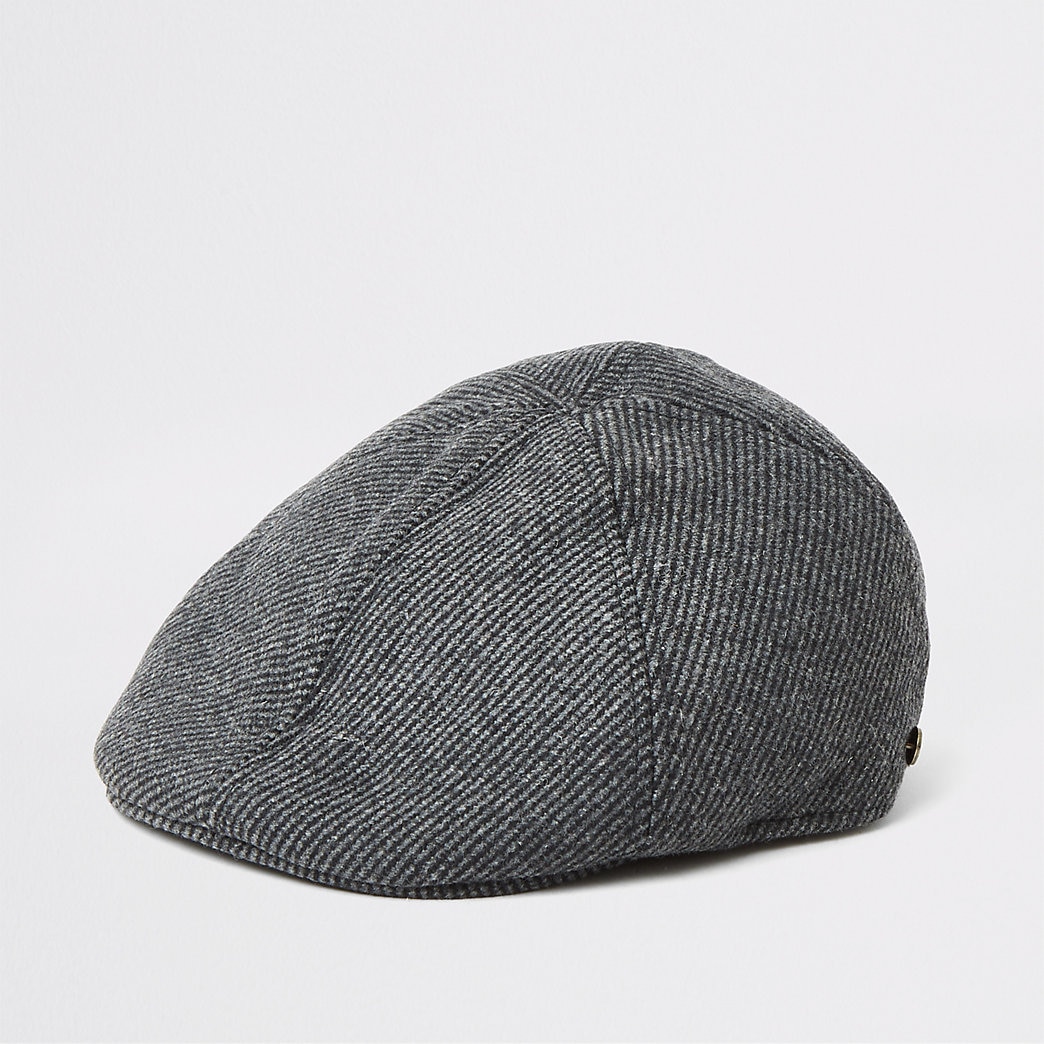

Wool charcoal blazer, dress boots in black leather, and a flat cap.Navy overcoat with navy brogues in leather, and a flat cap.

No longer required to be worn or a symbol of any specific group, they are worn by young and old, trendy and traditional, men and women.įlaunt your swag in one of these sleek outfits featuring the enduring flat cap. Today, flat caps can get found in various styles, designs, and materials. At this point, flat caps could get found in Britain, Ireland, and America, with its reach continuing to spread to other countries, including Italy and Turkey. The nineteenth and twentieth centuries brought with them the emergence of a new flat cap design, the newsboy caps. Its popularity continued to grow through the centuries, with fancier styles getting worn by the upper-class who referred to them by different names, like golf caps or driving caps. This odd law, though repealed in 1597, was set into place to boost domestic consumption of wool and halt wool trade with the Spanish.īy the time the law had ended, flat caps had become a common accessory for the working class. Their popularity grew in large part due to Queen Elizabeth I making a law mandating all males over six years old wear wool flat caps on Sundays, nobles excluded.įailure to comply resulted in a fine of three farthings for each occurrence. Flat caps have been around since the 14th century and got commonly referred to as bonnets.


 0 kommentar(er)
0 kommentar(er)
